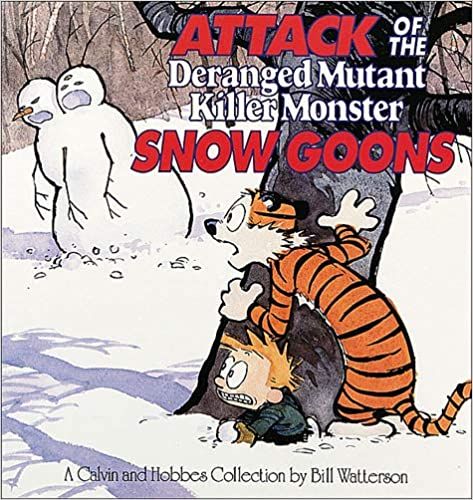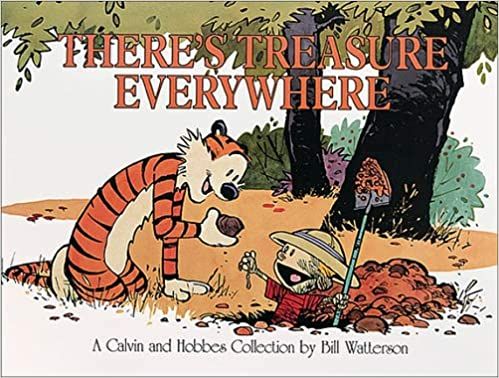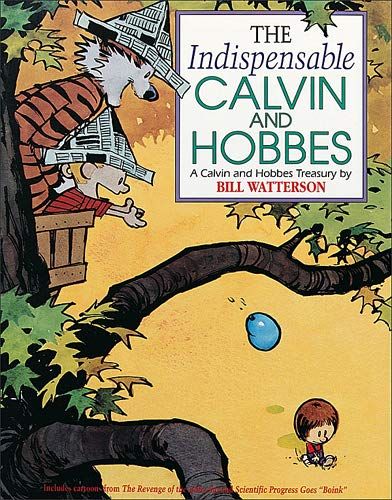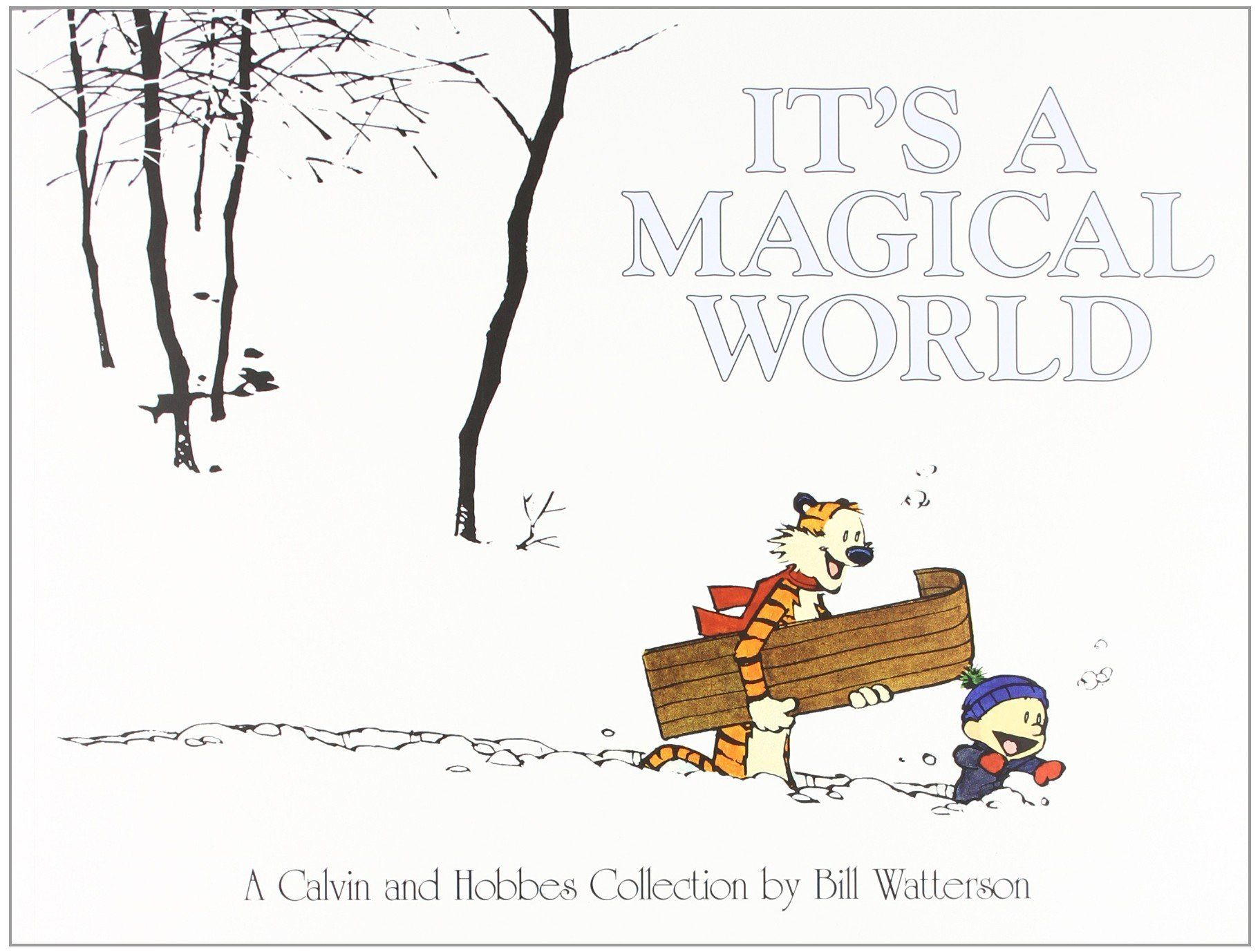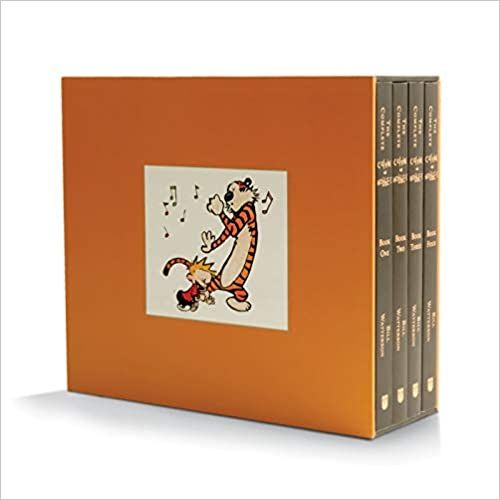Sure, there were other comic strips I enjoyed, but nothing captured my imagination quite like the adventures of Calvin, an imaginative 6-year-old, and his best friend Hobbes, a stuffed tiger that became real whenever they were alone. (Many descriptions describe Hobbes as “real only to Calvin,” but this is nonsense. Everyone knows that Hobbes was plenty real, he just appeared stuffed to everyone else. Sort of like a reverse Toy Story situation.) The brainchild of American cartoonist Bill Watterson, Calvin and Hobbes was syndicated from November 18, 1985 to December 31, 1995. Over that decade, it gained wild commercial and critical success. In fact, it became so popular that Watterson fought an exhausting legal battle to restrict merchandising rights to his creations, fearing that people trying to profit off of his artwork would cheapen the strip’s impact. When he finally retired the comic, it was because he felt he had accomplished all he could within the constraints of the medium. I was 10 when the strip ended, and remember feeling cheated. I had only just begun to discover its greatness, and like all children, I wanted good things to last forever. How could I ever enjoy this incredible strip again? — Bo Bolander (@BBolander) July 10, 2020 Then my school had a book fair, and I purchased Yukon Ho!, one of the earliest Calvin and Hobbes collections. I read it cover to cover several times over. I went on to collect the entire run of the strip in several books, reading them tirelessly until they were practically memorized. In all, there are 19 official Calvin and Hobbes books. Most are black and white. Every few years, the publisher Andrews McMeel would combine two books into a compendium and include full-page color panels of the Sunday strips. The following eight books, plus the complete collection at the end, contain every Calvin and Hobbes comic strip Watterson ever drew. There are other books that collect some of his favorites with commentary that are worth checking out. These collections were chosen because they simply contain the entire history of the strip. Here I attempt to rank them from best to greatest, knowing full well that Watterson would despise the practice, while Calvin would most likely mercilessly criticize my choices. Hobbes would be more even-keeled, and then ask for a tuna sandwich. It’s hard to overstate the impact of Calvin and Hobbes. The strip dealt with themes of family, friendship, childhood, imagination, and ultimately, love. Watterson’s insightful commentary on things like the media, opinion polls, the over-commercialization of art, and the daily grind of life are lessons that resonate still, almost thirty years later. Whether you’re just discovering Calvin and Hobbes for the first time, or it’s been awhile, now is the time to re-familiarize yourself with what is, in my humble opinion, the greatest newspaper comic strip of all time.

